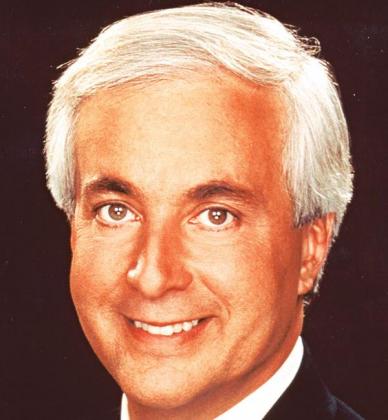
Peter Funt
Do political endorsements by newspapers have much impact? It was debatable even back in the 1980s, when daily circulation stood at about 63 million nationwide, and it’s even more uncertain now that the number has dropped by more than half. But while some people study polls, I watch editorial pages for insight about this vexing Democratic presidential race.
Pete Buttigieg had not received a single endorsement from a daily newspaper until a few days ago when he picked up backing of the San Diego Union-Tribune and then, just days before the Feb. 29 primary, was endorsed by The State, South Carolina’s second largest paper. The former South Bend, Ind., mayor has struggled to gain support from African American voters — the majority in South Carolina. Yet, in backing him The State noted that Democrats have succeeded when they “resisted the temptation to pick status-quo nominees and shown the courage to choose centrist outsiders with fresh, optimistic messages.”
Minnesota Sen. Amy Klobuchar trails badly in national presidential polls, but she’s in first place when it comes to wining support of newspapers. According to my count, of 16 paid-circulation dailies to make endorsements to date, she has been the choice of 10.
In New Hampshire’s primary Klobuchar finished a surprising third — closer to first than to fourth — and generated over $12 million in contributions. It didn’t hurt that in the closing days she was endorsed by the state’s Seacoast Media Group, the Keene Sentinel, and New Hampshire’s largest paper, the Manchester Union Leader.
“The Democratic nominee needs to have a proven and substantial record of accomplishment across party lines,” wrote the Union Leader, citing Klobuchar’s “ability to unite rather than divide, and the strength and stamina to go toe-to-toe with the Tweeter-in-Chief.”
Her earliest endorsement — and perhaps the most valuable — came from The New York Times on Jan. 19. Although the paper split its support between Klobuchar and Massachusetts Sen. Elizabeth Warren, it called Klobuchar “the standard-bearer for the Democratic center.” The editorial praised her as “the very definition of Midwestern charisma, grit and sticktoitiveness.”
In Iowa, Klobuchar picked up endorsements from two dailies, while the state’s largest paper, the Des Moines Register, gave its support to Warren.
There hasn’t been a lot of research regarding the value of print endorsements, but back in 2008 Pew found that only 14% of readers indicated that a local newspaper endorsement would be likely to have a positive influence on their votes. In 2016, Hillary Clinton was endorsed by 55 of the nation’s 60 largest papers making endorsements, yet Donald Trump got the last laugh.
However, the more candidates there are in a race, as is the case in current primaries, the more voters pay at least some attention to newspaper recommendations. Editorial boards are able to interview the candidates at length and scrutinize their records and proposals in a way that average voters would find almost impossible to replicate.
As the 2020 campaign moved to Nevada for caucuses on Feb. 22, Klobuchar, along with Joe Biden, picked up the endorsement of the Las Vegas Sun. Klobuchar “possesses both the appetite and ability to return us to our finest America,” the paper wrote. “We have no doubt that she is a unity candidate for the Democrats.”
On Super Tuesday, March 3, the two biggest states in play are California and Texas. The San Francisco Chronicle as well as The San Jose Mercury News, powerful voices in the Bay Area and in Silicon Valley, endorsed Klobuchar. The Mercury News called her “someone who can change the tone and tenor of our national politics.” In Texas, she received backing from The Houston Chronicle, which concluded, “It’s time for Democrats to look beyond fiery speeches, beyond big ticket promises devoid of price tags, and if possible, beyond the cinematic beckoning of that billionaire button-down Messiah stalking your smartphone, and ask: Who can really get things done?”
I’m convinced that newspaper endorsements — distributed widely by campaign operatives — carry weight that goes beyond paid circulation. In the current race, many Democrats are torn and thirsting for persuasive rationale.
One caveat to the above: News organizations should never issue a split endorsement, as The Times and Sun have done this year. It’s cowardly. Moreover, it shirks the very responsibility that editorial boards are taking on in the first place. Don’t give us 2,000-words of analysis and then conclude by saying we should flip a coin.
But what if I’m mistaken and few people care about newspaper endorsements? OK, then let’s think of these editorial boards not as influencers but as early deciders. They’re looking at the same field that we’re all studying — only sooner in the process and in greater detail. Perhaps their “votes” are prescient.
Editorial boards are nearly unanimous in advocating a center-left choice, not an ultra-progressive. That view might yet be worth more than the paper it’s written on.
Peter Funt is a writer and speaker. His book, “Cautiously Optimistic,” is available at Amazon.com and CandidCamera.com. Columns distributed exclusively by Cagle Cartoons, Inc., newspaper syndicate.
